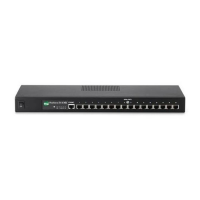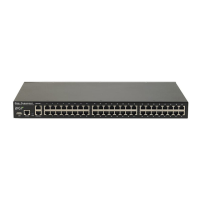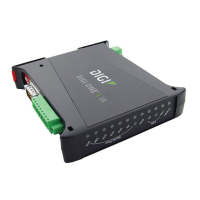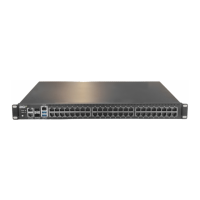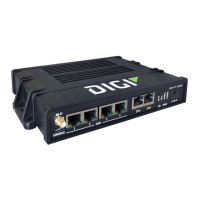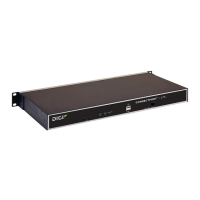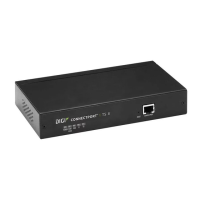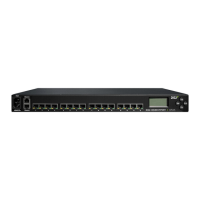90030500B Configuring TCP/IP Routing Page 147
Active Routing
To configure a PortServer II port for active routing, proceed as follows:
1. Configure a WAN connection, as described in
Chapter 8, Configuring WAN
Connections
.
2. If static routes are needed beyond those contained in the WAN connection, con-
figure each route by entering a command in the format:
set route net=<network_address> mask=<ipmask>
gateway=<ip_address> metric=<numhops>
<network_address>
is the address of the network or host that PortServer II
will route IP packets to.
<ipmask>
is the subnet mask, if used, or
255.255.255.255
if you are configuring a route to a single host.
<ipaddress>
is the IP address of the gateway that IP packets covered by this
routing entry should be forwarded to.
<numhops>
is the number of hops
(gateways) between PortServer II’s network and the final destination.
For example,
set route net=192.83.159.2 mask=255.255.255.128
gateway=192.83.160.1 metric=3
3. Set forwarding to
active
, by entering the following command:
set forwarding state=active [proxyarp=<state>]
<state>
should be
on
if you are using the Proxy ARP, otherwise
off
.
For example:
set forwarding state=active advertise=30 timeout=180
Note: set forwarding
allows you to set ICMP Router Discovery packet
parameters. For information on this and other
set forwarding
options, refer to the
Command Reference Guide
.
4. Check that the Route Table is displayed and that new routes are added periodi-
cally as they are received from other routers.
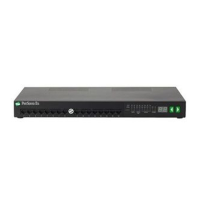
